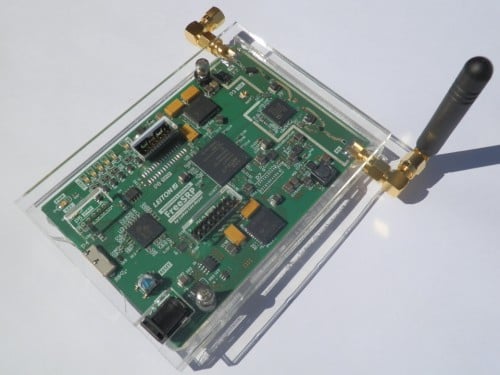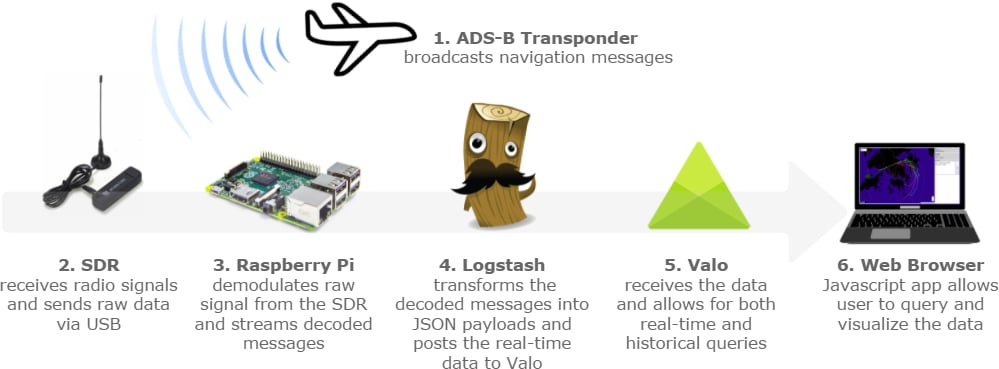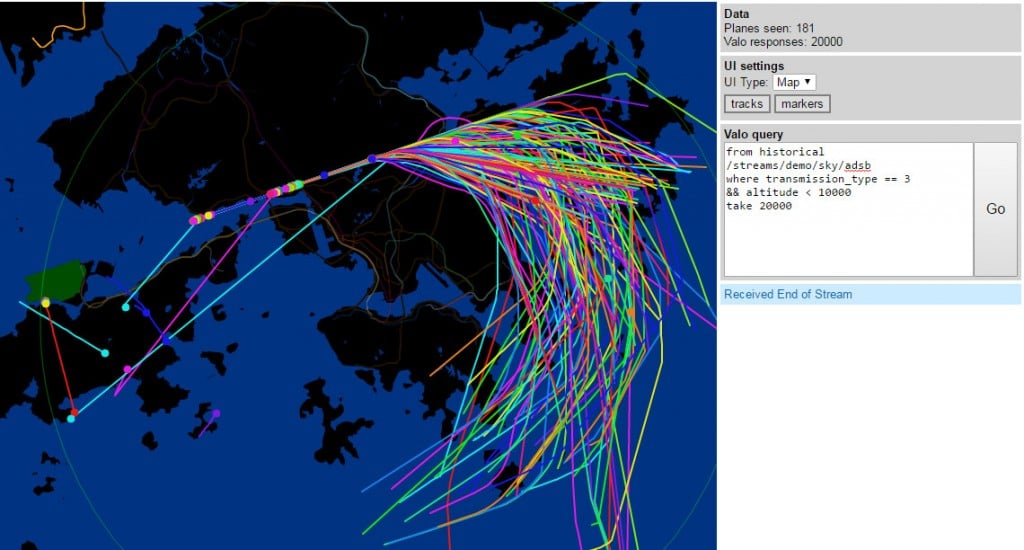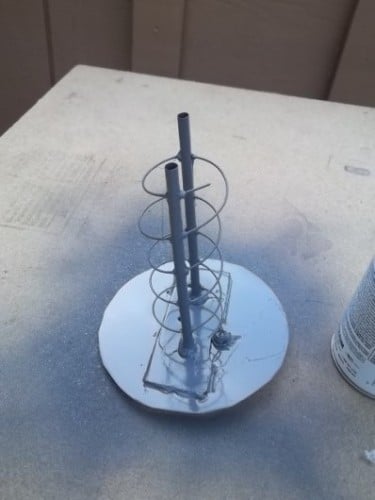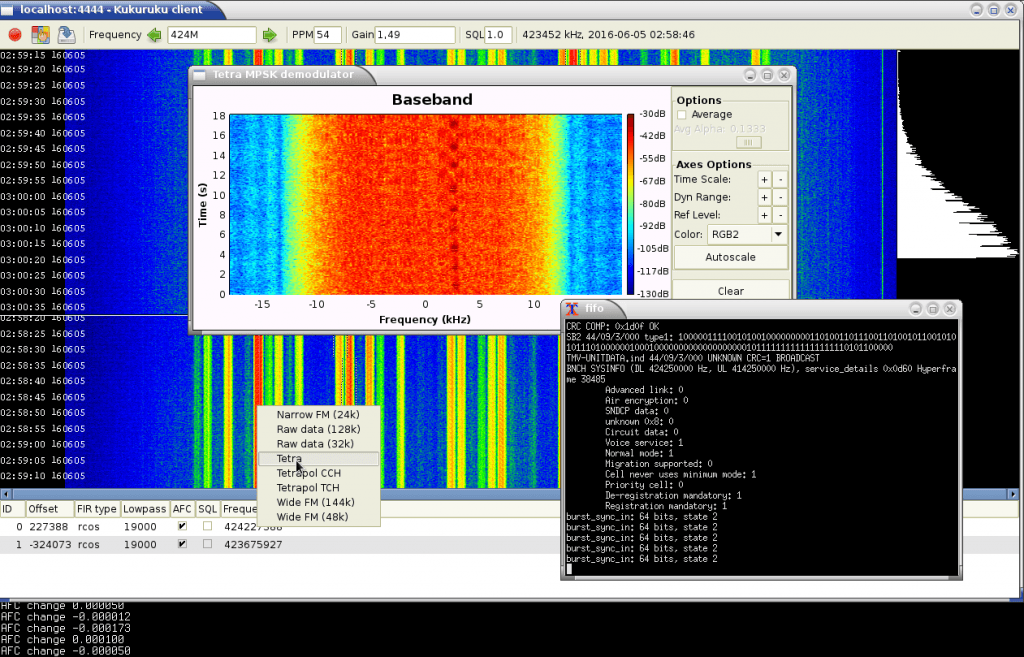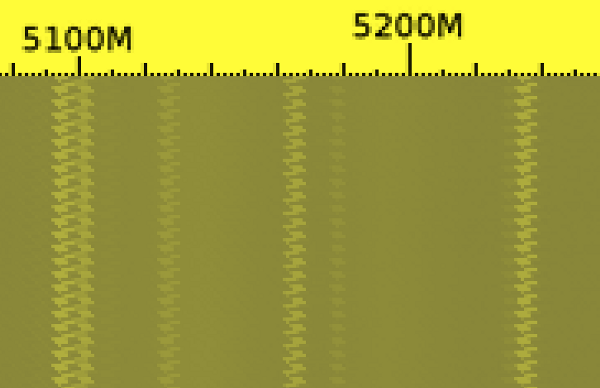Building a DIY DC Block for Bias Tee’s
One handy thing about using our bias tee enabled RTL-SDR dongles is that you can easily power a remote LNA, such as Adam’s LNA4ALL. The bias tee sends DC power down the coax cable eliminating the need for a remote power supply. However, in our current iteration of the dongle the bias tee must be soldered on via a jumper, and once soldered it is permanently providing DC power down the coax cable. This is fine if you are always using a LNA, but if you want to one day remove the LNA and use a shorted antenna, you cannot. A shorted antenna is an antenna designed with the center and shield of the coax connected together creating a DC short (e.g. J-pole and QFH antennas). If you connected a dongle with the bias tee on to a DC shorted antenna you would short circuit the 5V bias tee.
Over on his blog Adam shows that a solution is to create a simple DC block component. A DC block component is nothing more than a series capacitor. However Adam points out some important tips including the need to use a small 0603 sized SMD capacitor with 100pF of capacitance in order to ensure operation over the entire frequency range that the RTL-SDR covers.


